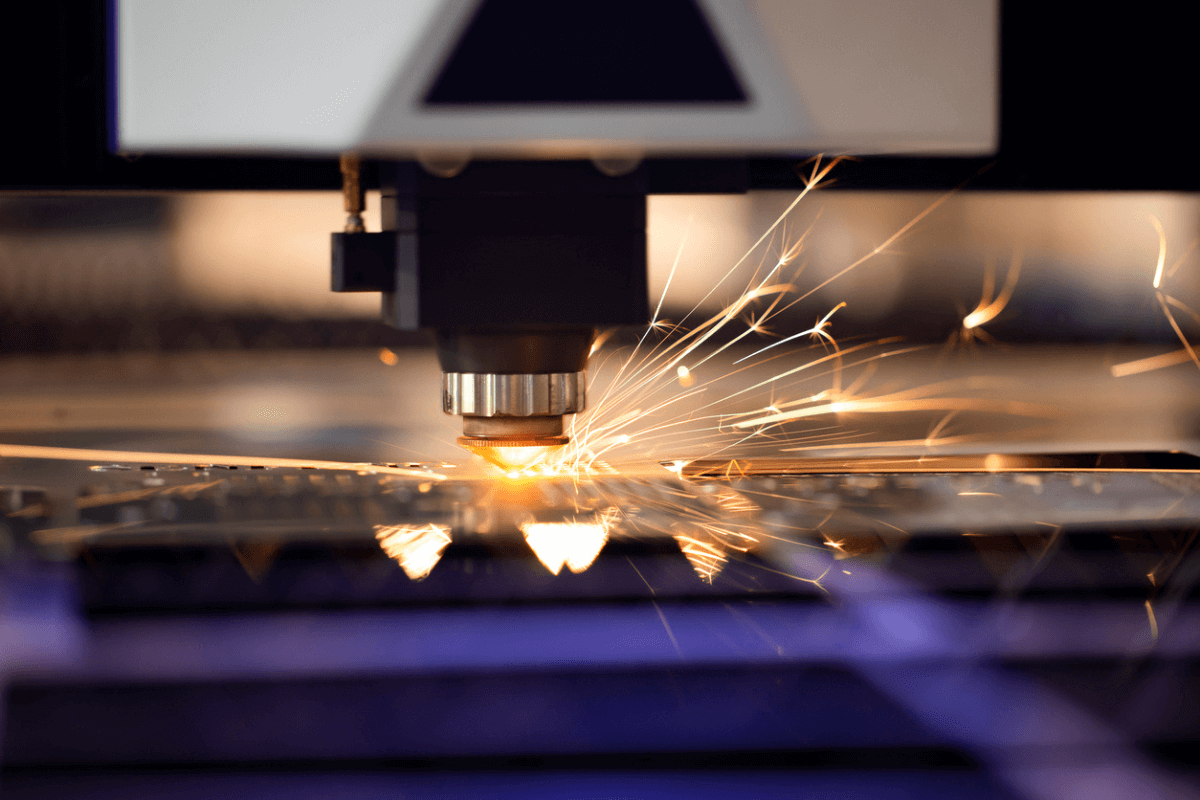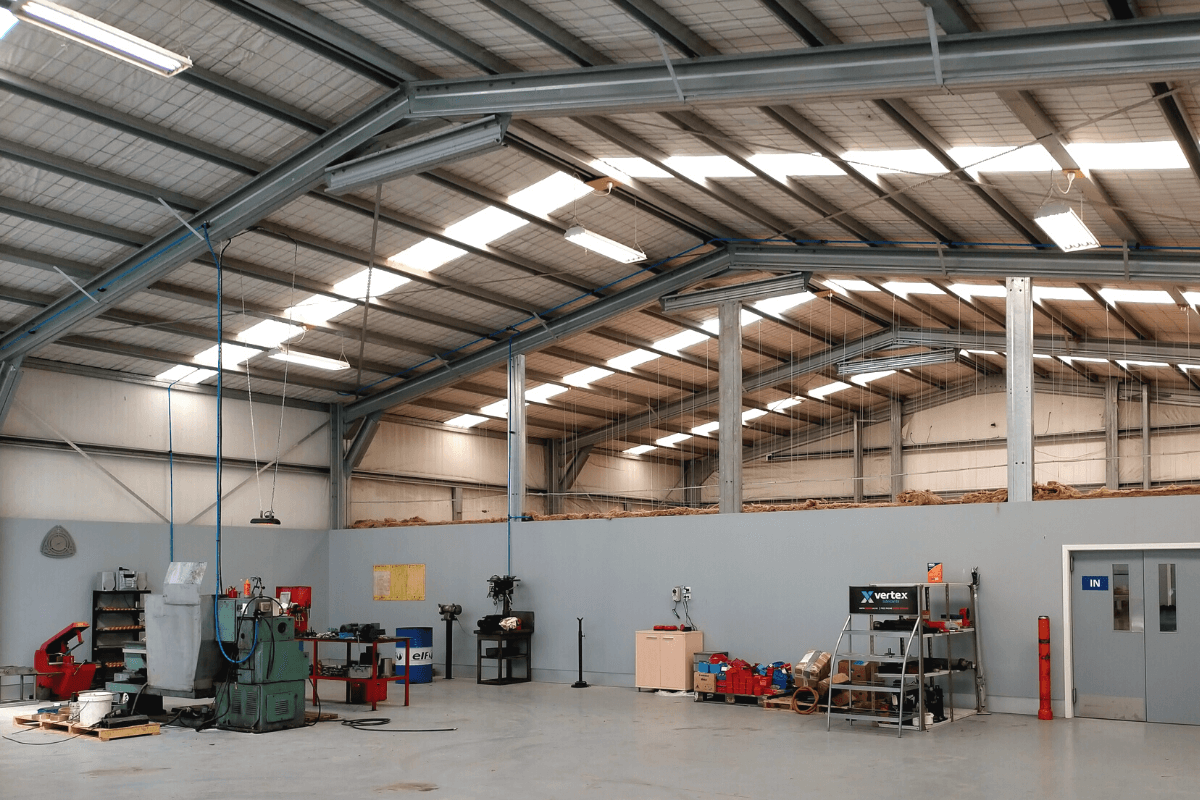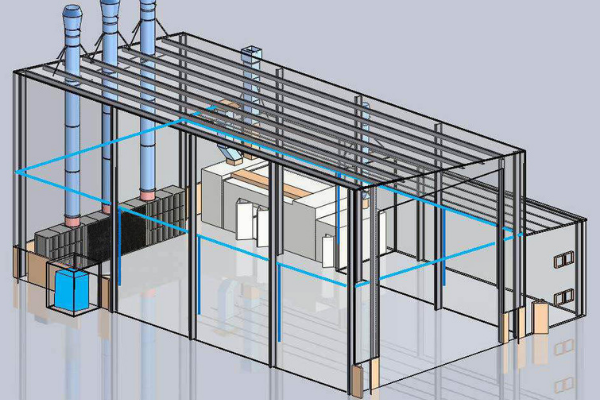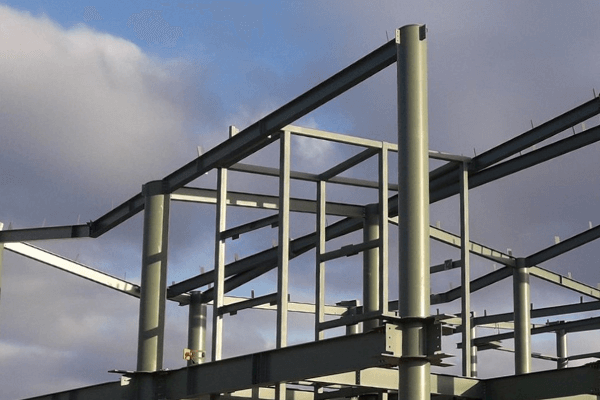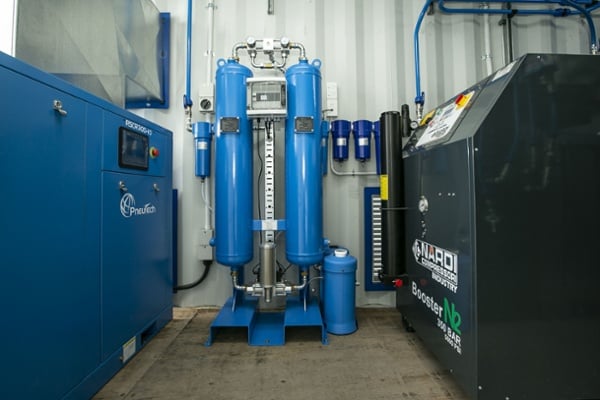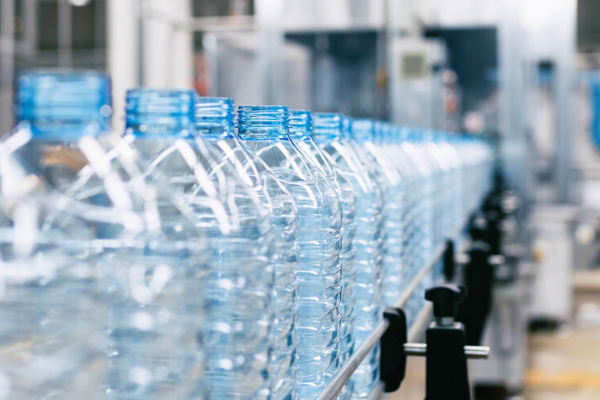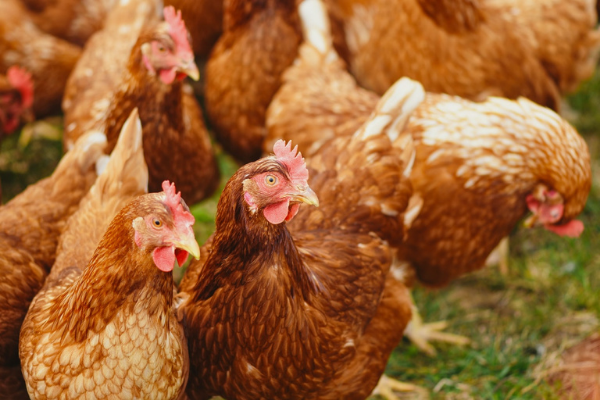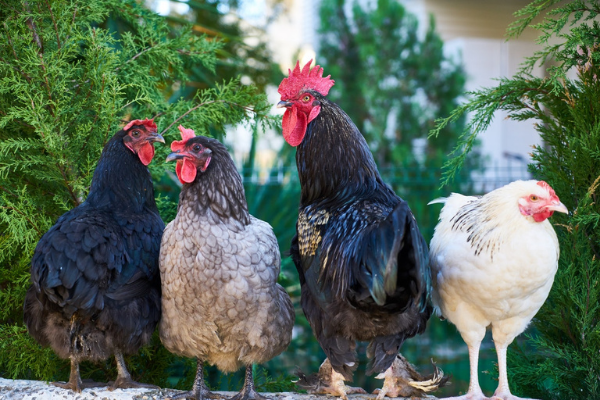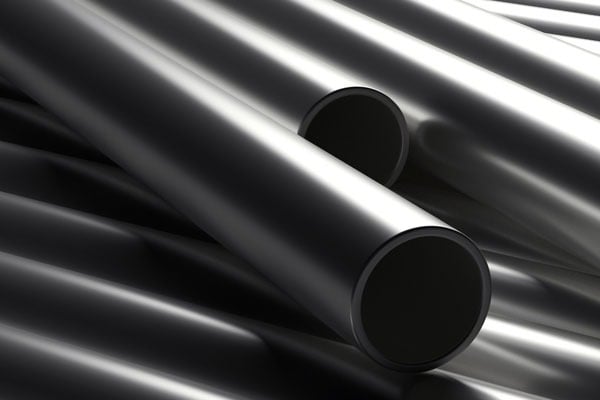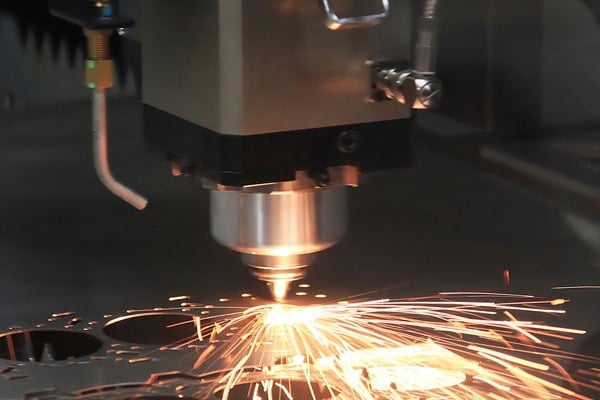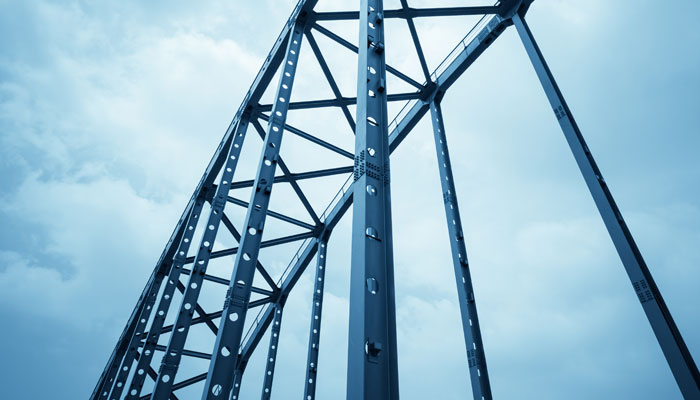If you use a laser cutting machine, choosing the right assist gas is crucial. An assist gas is used to blow away the melted material and improve the cut quality. The question is – is oxygen or nitrogen a better choice?
In this article, we will explain the benefits of each gas and which applications they suit best to help you make an informed decision.
Best assist gas for laser cutting
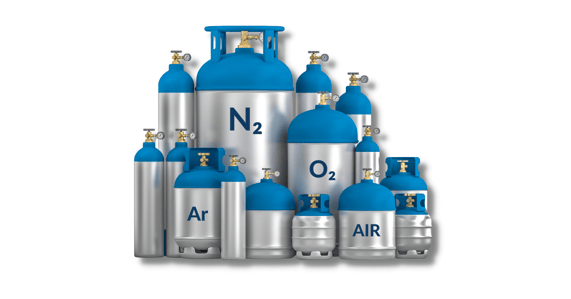
Nitrogen and oxygen are the two main laser-cutting assist gases, though compressed air and argon are also used on occasion. Below, we have outlined the key characteristics of the two most common gases, including pressure recommendations, benefits, and their most suitable laser-cutting applications.
Oxygen for laser cutting
In New Zealand, there has been a recent increase in oxygen generators for laser cutters. These machines are being imported from overseas, leading some companies to wonder whether oxygen is a better option.
Oxygen is often referred to as the ‘cutting gas’ because it is commonly used for laser cutting mild and carbon steel. By reacting with the metal and creating additional heat energy, oxygen supports the cutting process. The jet of oxygen also removes the liquid iron oxide to achieve a clean, clear cut.
Applicable oxygen pressure
Up to 20-bar of pressure can be used for thin sheets of 2-3mm but for thicker sheets over 20mm, the maximum oxygen pressure is rarely over 1-bar.
Benefits of oxygen for laser cutting
- Edge quality
- Cutting speed
- Reduced dross
- Longer lifespan of laser optics
Laser-cutting applications for oxygen
For cutting metals with a 2mm to 3mm thickness, such as carbon and mild steel, oxygen is highly preferable. However, it is not suitable for materials that are sensitive to oxidisation.
Nitrogen for laser cutting
Being an inert gas, nitrogen does not react with the material being cut, reducing oxidation and discolouration. Nitrogen cools the material and helps to blow away the melted material, leading to a clean cut and no warping. Nitrogen also acts as a protective shield, preventing splattering and damage to the laser optics.
To optimise the cutting process, the nitrogen can be adjusted. This makes it a more versatile option for laser cutting, especially if you use various materials.
Benefits of nitrogen for laser cutting
- Improved edge quality
- Reduced oxidation
- Reduced warping
- Longer lifespan of laser optics
- Faster cutting.
Laser-cutting applications for nitrogen
Laser cutting with nitrogen is preferable for cutting stainless steel, aluminium, copper, brass, non-ferrous metals, and high-alloy steel. This is because nitrogen does not contribute to the reaction between the laser and the material, creating a cleaner cut.
Oxygen vs nitrogen for laser cutting
So, which assist gas is best? This depends on the application and material you intend to cut. We always recommend speaking directly with one of our experts for a tailored recommendation but as a general guideline, we start with the following suggestions:
Compatibility
Always check that your assist gas is compatible with your material. We have included a table below to show which combinations are suitable.
| Assist gas | Material |
| Nitrogen | Stainless steel, copper, aluminium, brass or alloy. |
| Oxygen | Carbon steel, stainless steel, copper, alloy or electroplated steel plate. |
| Compressed air | Carbon steel, aluminium, copper brass or non-metal. |
Assist gas costs
Every gas comes with a price which will impact your overall running expenses. It is more cost-effective to generate your gas on-site, eliminating the need to rely on gas bottle hire and manpack deliveries. If possible, we recommend opting for a nitrogen generator or air compressor which provides you with full control over your supply.
We also recommend creating an ongoing budget, factoring in the operating costs, maintenance, and other relevant factors. This will help to highlight the total acquisition cost as well as ongoing running costs.
Cutting speed
Using nitrogen gas is recommended to complete most laser cutting work quickly and effectively. However, for some thicker materials, oxygen will be more appropriate. If in doubt, speak with our team about the most efficient assist gas for your material and application.
Edge quality
Cutting with nitrogen typically produces a higher quality cut than oxygen because it doesn’t react with the material. On the other hand, the oxide surface of materials cut with oxygen may affect the powder coat, which results in an inferior edge quality.
Storage capacity
Depending on the area where you use your laser cutter, you may be limited by the size of your assist gas system. Fortunately, most suppliers have a range of sizes and capacities available, accommodating for various environments. For example, the Industrial Air Systems team has supplied large containerised systems like the Nitropak and smaller systems like the Airpak15 Air-Assist.
Compressed air for laser cutting
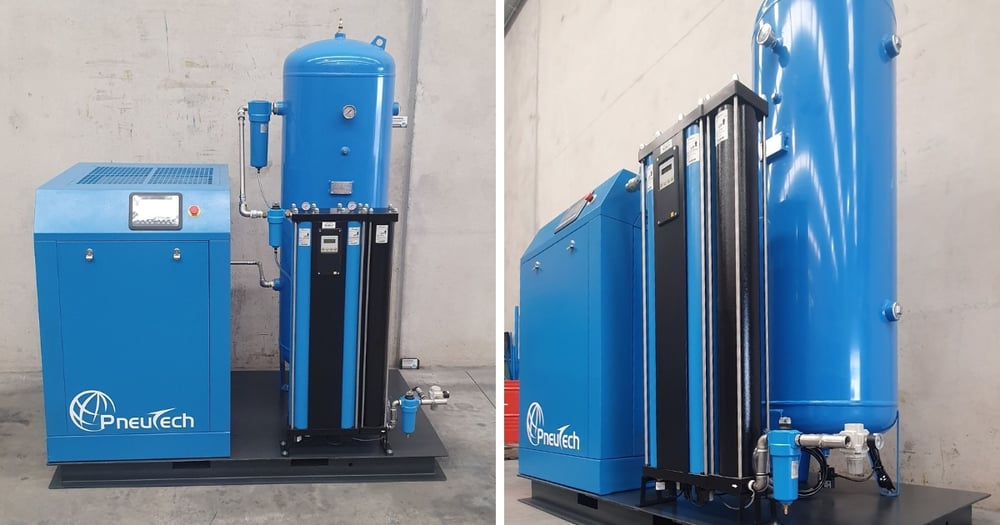
If you want a cost-effective assist gas that still creates a high-quality cut, consider compressed air instead. It is more reactive than nitrogen, but less so than pure oxygen, meaning it can be used to cut aluminium, mild steel, and other thin metals. However, opt for nitrogen when cutting titanium, magnesium, and aluminium alloys as these are more reactive.
If compressed air sounds like the right solution for your operations, the Airpak15 Air-Assist is a great option. Featuring an absorption dryer and carbon tower, this system produces compressed air to a dewpoint below -40ºC.
Learn more about the Airpak15 Air-Assist >>
Laser cutting NZ
At Industrial Air Systems, we supply the Nitropak and the Airpak15 Air-Assist for laser cutting applications. Drawing from the atmosphere, the Nitropak system supplies high-purity nitrogen directly to your laser-cutting machine.
Nitropak Laser Cutting Nitrogen Generator
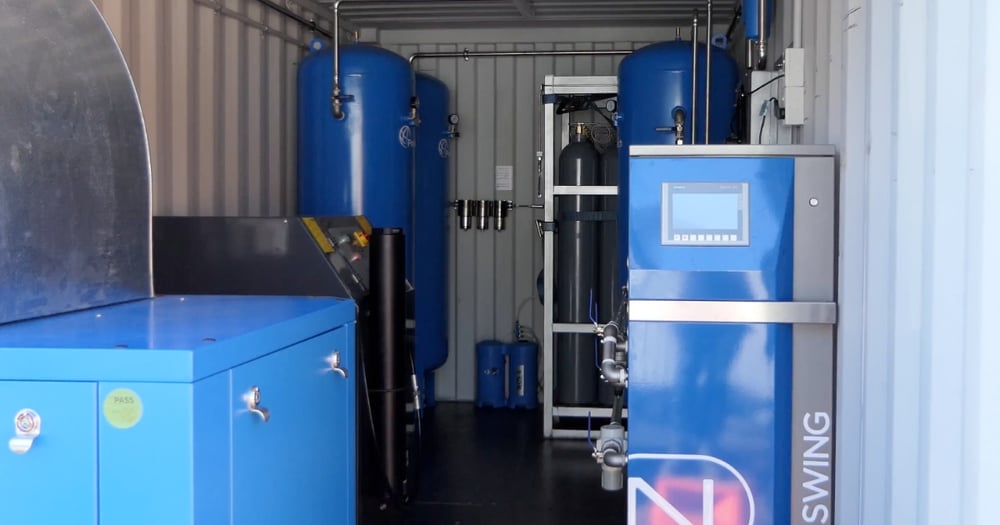
Designed specifically for laser cutting, the Nitropak is a containerised nitrogen generator package. Benefits include:
- All-in-one system.
- Easy installation.
- 7-stage air filtration.
- A large carbon tower absorbs oil.
- Oil contamination is reduced to 0.01 microns.
- Includes integral piping, ventilation, electrical, and communication systems.
- Real-time oxygen monitoring.
This system has been carefully designed to maximise air purity levels which in turn helps to protect the laser cutting head and system electronics. This improves cut quality while reducing premature wear.
Want to know more about the Nitropak and whether it's the right laser-cutting system for your needs? Download the free brochure below to get all the details.



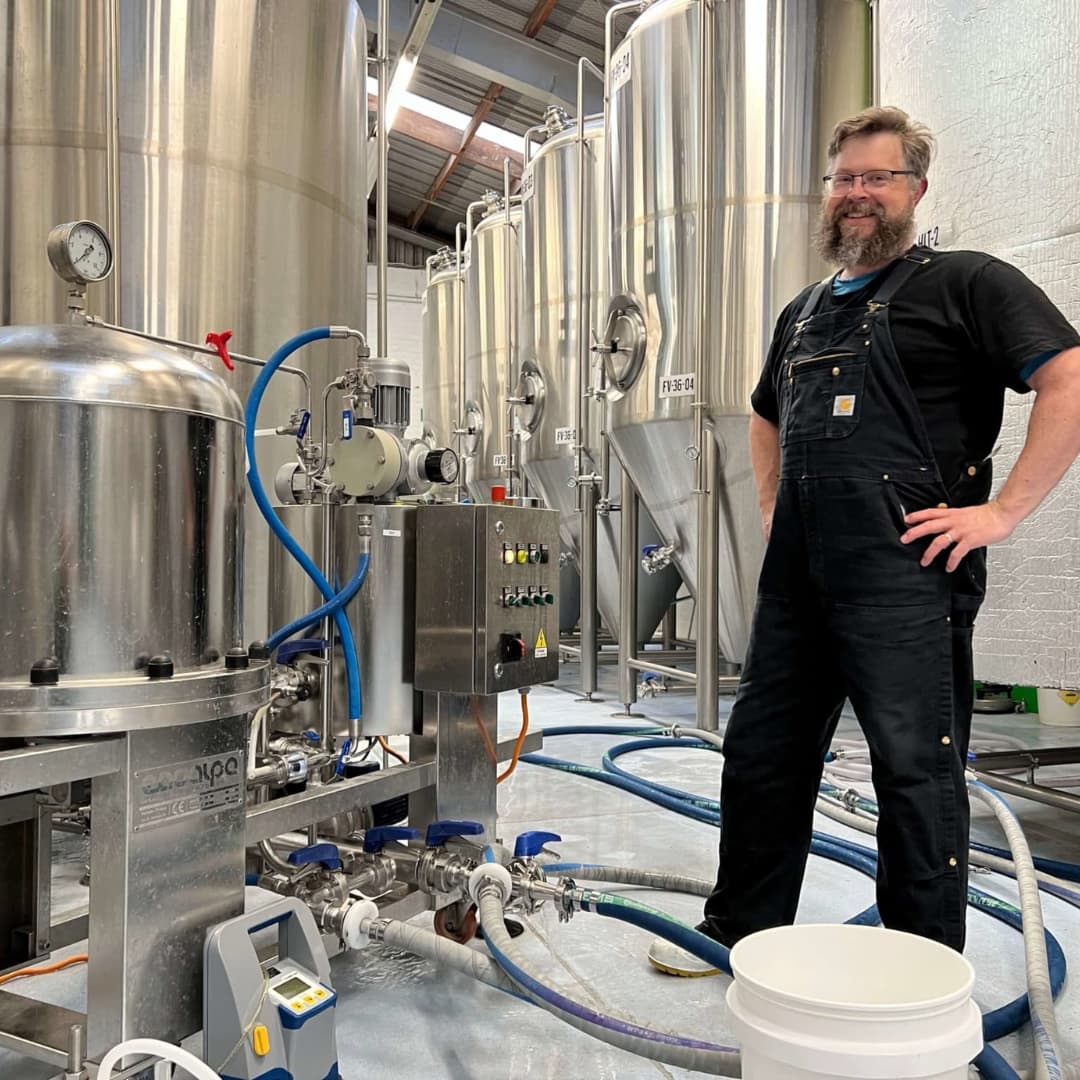
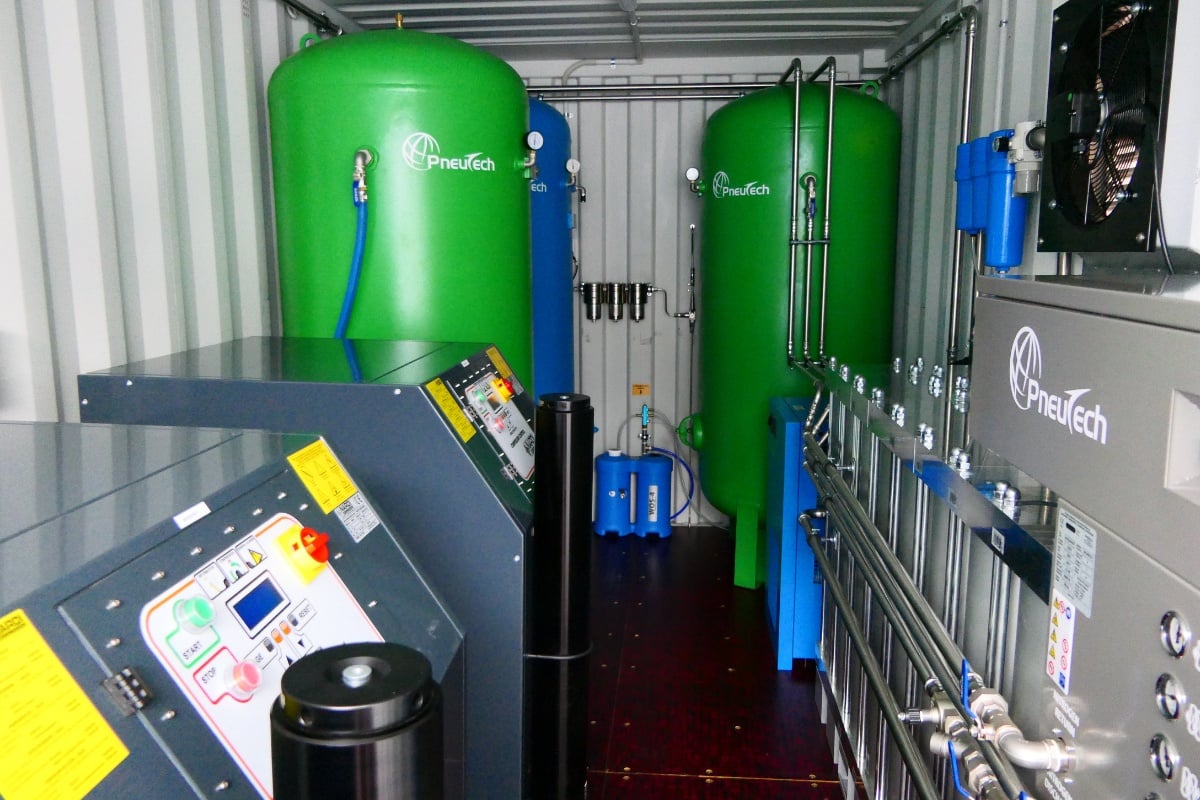
.jpg)


